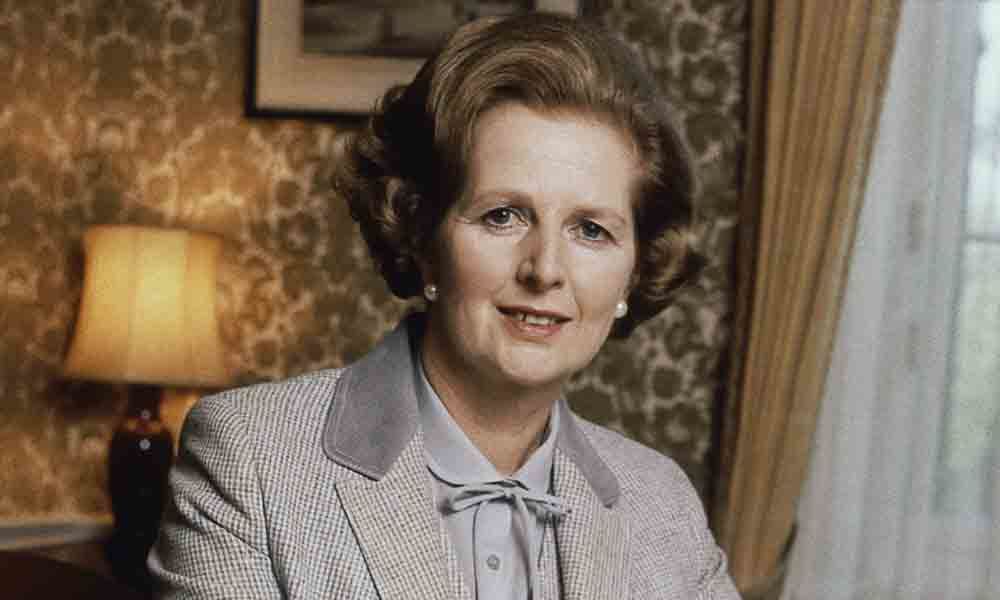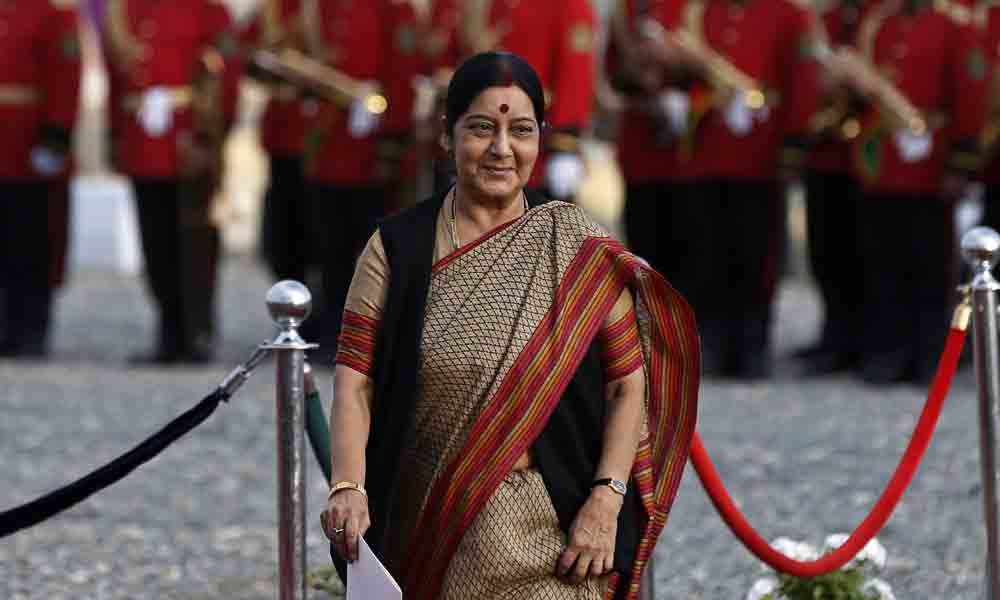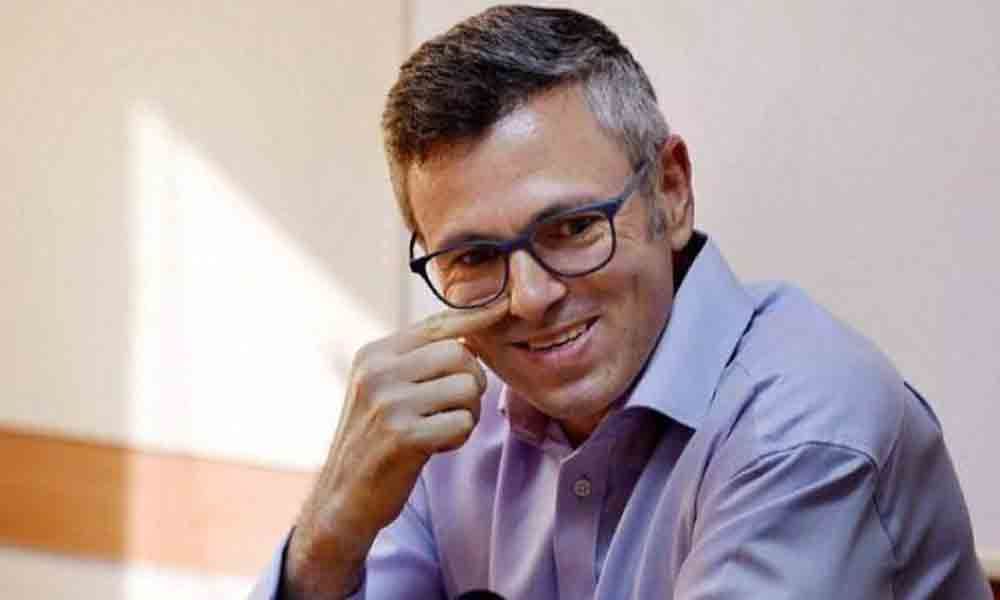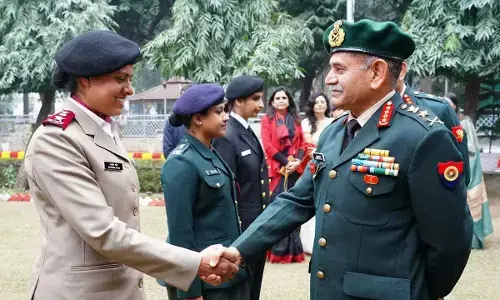You are what you wear
What you wear reflects who you are and politicians across the world know this only too well. For them their style is also a messaging, positioning and indication of thought process like no other. Clothing can boost confidence and establish connect for visiting dignitaries and it is not unusual to see reams of print devoted to dress related descriptions of political leaders on important missions
Casual, elegant, dapper and understated are choices that leaders of the world make and are all a part and parcel of positioning, values, grooming and exposure. To be mocked for what you wear or be praised to the skies are as common as victory and defeat and politicians as a breed take them in their stride. Marilyn Monroe's quip that the world can be conquered by a pair of shoes, was an honest take on the role of accessories that form an important part of the wardrobe of most women east or west and politicians are no exception. Shoes, suits, hats, big beads and hand bags are obsessions for most women and women politicians are no exception.
A picture that comes to mind when one talks about accessories is the whirlwind India visit by former Pakistani Foreign Affairs minister Hina Rabbani Khar some years ago where she received extensive media coverage for her fashionable appearances with her Birkin bag, sunglasses, Jimmy Choo stilettos and pearl necklaces. A CNN article titled "Power dressing: What world leaders' clothes say about them is categorical about the link between style and global leaders, stating that historical figures like Napolean Bonaparte have shown that interest in fashion goes hand in hand with a hunger for power, often with mixed results. It further states that powerful men and women of today have chosen to cloak their naked political ambitions in outfits that have raised their political profile as fashion icons and more often than not raised a few eyebrows.
Former US president Barrack Obama 's sharply tailored suits and dapper look have scored multiple stories in the "Vogue" magazine and he has been hailed as being more stylish than Brad Pitt, David Beckham and Daniel Craig both by fashion experts and rivals. In contrast Hillary Clinton mocked for wearing pant suits in a rainbow of colours has often been described as matronly and dowdy unable to find a niche among well dressed politicians despite best attempts. Habitually clad in a boiler suit tailored to highlight his portly frame, North Korea's Kim Jong II seems an unlikely style icon and so is German Chancellor Angela Merkel. Her choice of dressing described as risk averse and un-showy however carries the message of self assurance and confidence. Clinton and Merkel have often been clubbed together for their bad fashion sense with a German newspaper "Frankfurter Allgemeine" carrying an article comparing cropped snaps of both leaders asking "Which one Is Merkel, which one is Clinton? Merkel however is dismissive of all this criticism. She is quite clear that no such discussion would crop up if a man were in her place.
Margaret Thatcher with her helmet hair, pearls and bow blouses was a power dresser in her time and so is Theresa May, the second woman after her to hold the top job. May doesn't shy away from designer clothes and statement heels and states that she has been judged about what she wears throughout her political career and isn't really bothered about it. Of the criticism received for trying to wear traditional clothes to make a local connect, Canadian President Justin Trudeau takes the cake. His Bollywood style bling dressing during his 2017 India visit came under intense flak. Trudeau's elaborate and heavily worked Sherwani more in tune with a bridegroom's clothing was dismissed by critics as "too flashy even for an Indian" It can be some consolation for women politicians who feel they are the only ones judged all the time for what they wear.
Selfies before parliament by two young film stars Mimi Chakraborty and Nusrat Jahan, who are first time parliamentarians from West Bengal have only triggered debates over "dignified dressing" in India. With 77 women in parliament, many young men making their debut, saffron clad sadhvis and film stars, one expects a variety of dressing styles from traditional to modern adding sparkle to parliamentary debates in future. We have over the years many men and women who made their own style statement through their choice of clothing and demeanour. Can we deny politicians their choice and make grandiose statements about what is appropriate? Despite crass memes and jokes on the social media the two young ladies in their jeans and shirt tops are unfazed. They are clear that their credibility rests solely on their performance as people's representatives and not on what they wear.
A history of the sartorial choice of Indian politicians throws up interesting details. Clothing as a message became a crucial aspect of Indian politics when Khadi came to symbolise self –rule or swaraj during the Independence struggle. The Swadeshi movement where there was a complete boycott of foreign goods saw white handspun khadi becoming 'defiant clothing' reflecting the craving for freedom from foreign rule. White Khadi kurtas and the Gandhi cap placed at an angle by freedom fighters stood for the purity and righteousness of men who placed the interests of the nation above their own. Those stuck in a time warp continued to sport white dresses with kurta pyjama and bundi for men and sarees for women, but there were others who made their own style statement. Hand woven sarees neatly pleated with minimal accessories made late former Prime Minister Mrs Indira Gandhi a style icon, noticeable in a crowd whether she wore her saree casually or draped her pallau over her head. On visits abroad she even wore casual silks topped with trench coats sporting both bright and subtle shades with grace. Following her footsteps both Sonia Gandhi and daughter Priyanka Gandhi Vadra are great handloom buffs who wear these drapes with elan.
The big bindi, bordered saree and sindhur are part of the style statement of women politicians like Sushma Swaraj and Smriti Irani years apart in age but united by ideology. Colourful yet dignified and symbolising the essence of "Indian womanhood" these leaders stand out as distinct from others. Another young politician who looks amazing in her monochrome sarees with small borders is the SP leader Dimple Yadav who always gets noticed for her understated elegance. Harsimrat Kaur Badal in well cut churidar kurtas and salwar suits, beautiful dupattas draped over her head, matching footwear and bags is another politician who wears her style on her sleeve.
Omar Abdullah leads the lot among men as the rare politician who displays the variety in his wardrobe, wearing everything from shirts and trousers to the traditional Kashmiri pheran. Shashi Tharoor, Sachin Pilot and Jyotiraditya Scindia are politicians who attach great importance to style that adds to their confidence. Prime Minister Narendra Modi however tops the charts when it comes to his sense of clothing. From classy bandhgala jackets to colourful tunics and head gear, his style is emulated by many leaders but none can match his choice of colour and design. An important aspect of his personality, clothes and accessories are part of the magic associated with his incredible sway over the masses. The colour style and manner of dressing of politicians are an inherent part of their personality and a matter of personal choice but are unfortunately up for judgment as is everything else associated with them.


















